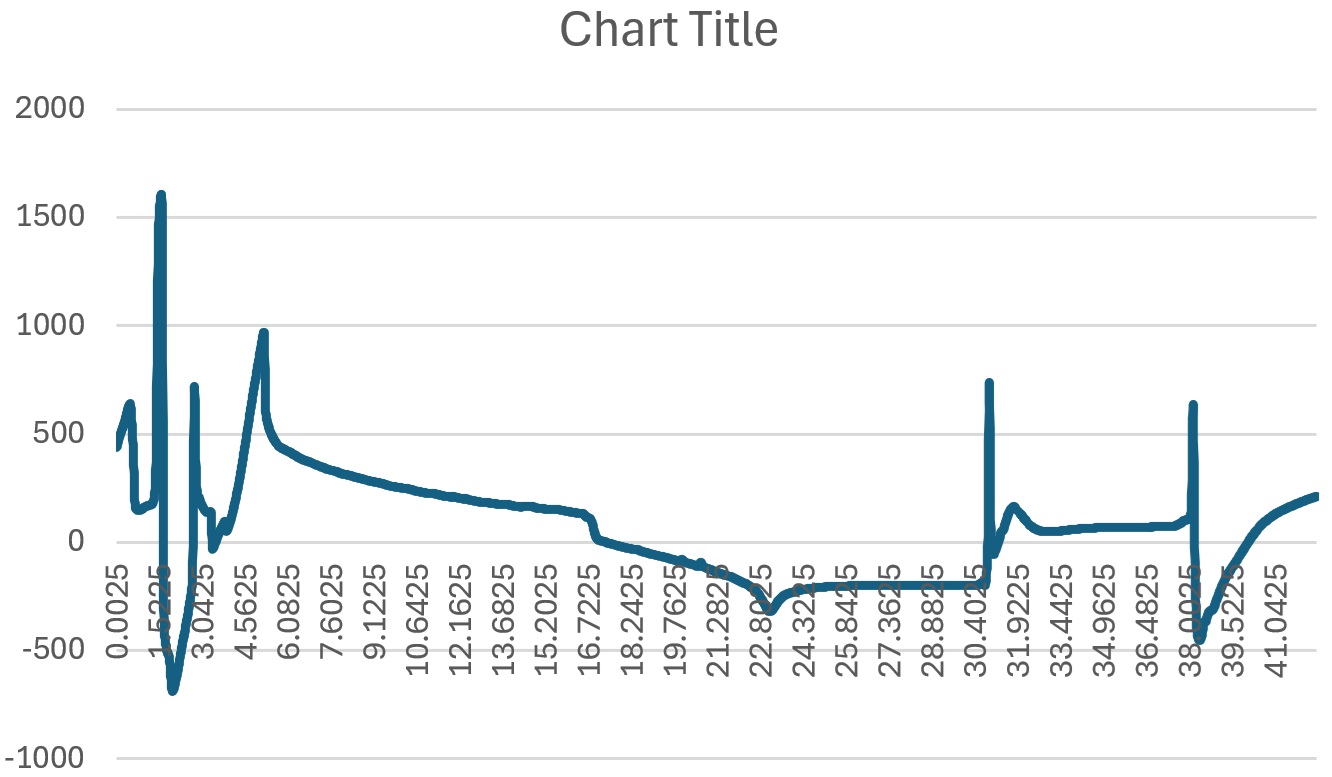Some Questions Regarding Reverse Phase HPLC
Posted: Tue Sep 24, 2024 11:01 am
Hi all,
I’m a student working on a purification project using HPLC. We are using C18 and C8 columns, and we tested two different elution buffers—ACN (gradient 0-100%) and EtOH (gradient 0-100%)—to determine which works better. Below is the method we followed. I'm a bit confused by some of the instructions from my senior, and I’d appreciate your help in clarifying them.
1.Equilibration Stage: The equilibration stage wasn’t set at the beginning of the method but was moved to the end instead. If I equilibrate the column before running the sequence, is that acceptable?
2.Sample and Standard Solvent: The extract samples were prepared using EtOH, but the standards I ran were prepared in ACN because the purified product couldn’t be fully dissolved in EtOH. Can I still use the standard for reference?
3.Blank Preparation: As I understand it, the blank should be prepared using the same solvent as the sample being analyzed. However, my senior suggested that Milli-Q water is sufficient. Is this correct?
4.Sequence Setup: Since I used two elution buffers, my sequence was divided into two groups, like this:
1. Blank | 2. Standard | 3. Sample A | 4. Sample B | 5. Sample C | 6. Blank | 7. Standard | 8. Sample A | 9. Sample B | 10. Sample C | 11. Blank.
I separated the two groups with a single blank (6. Blank), but my senior added an extra blank, so there were two blanks between the groups. What was the reason for adding this additional blank?
5.Method Step: Below is the method we used with ACN as the elution buffer. The third step includes a transition to 100% EtOH to confirm that the cleaning was thorough. Was this step necessary?
Method:
0-20 mins: 0% to 100% ACN
20-27.5 mins: 100% ACN
27.5-35 mins: 100% EtOH
35-42.5 mins: 0% ACN
6.Abnormal Chromatogram: The chromatograms for the blanks look strange. Do you know any potential reasons for these abnormal baselines?

I’m a student working on a purification project using HPLC. We are using C18 and C8 columns, and we tested two different elution buffers—ACN (gradient 0-100%) and EtOH (gradient 0-100%)—to determine which works better. Below is the method we followed. I'm a bit confused by some of the instructions from my senior, and I’d appreciate your help in clarifying them.
1.Equilibration Stage: The equilibration stage wasn’t set at the beginning of the method but was moved to the end instead. If I equilibrate the column before running the sequence, is that acceptable?
2.Sample and Standard Solvent: The extract samples were prepared using EtOH, but the standards I ran were prepared in ACN because the purified product couldn’t be fully dissolved in EtOH. Can I still use the standard for reference?
3.Blank Preparation: As I understand it, the blank should be prepared using the same solvent as the sample being analyzed. However, my senior suggested that Milli-Q water is sufficient. Is this correct?
4.Sequence Setup: Since I used two elution buffers, my sequence was divided into two groups, like this:
1. Blank | 2. Standard | 3. Sample A | 4. Sample B | 5. Sample C | 6. Blank | 7. Standard | 8. Sample A | 9. Sample B | 10. Sample C | 11. Blank.
I separated the two groups with a single blank (6. Blank), but my senior added an extra blank, so there were two blanks between the groups. What was the reason for adding this additional blank?
5.Method Step: Below is the method we used with ACN as the elution buffer. The third step includes a transition to 100% EtOH to confirm that the cleaning was thorough. Was this step necessary?
Method:
0-20 mins: 0% to 100% ACN
20-27.5 mins: 100% ACN
27.5-35 mins: 100% EtOH
35-42.5 mins: 0% ACN
6.Abnormal Chromatogram: The chromatograms for the blanks look strange. Do you know any potential reasons for these abnormal baselines?
